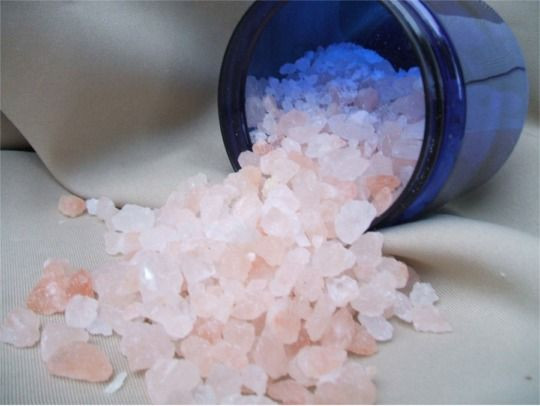Bath Salts Comparable to Cocaine's Effect on the Brain

With recent abuse of synthetic stimulants known as "bath salts," researchers found mephedrone, the synthetic drug commonly labeled as bath salts, are comparable to doses of cocaine.
In October 2011, the U.S. Drug Enforcement Administration placed mephedrone on what is called Schedule 1 of the Controlled Substances Act for one year, citing imminent threat to public safety, and maximally restrict use of the drug until further research suggest otherwise.
The report’s first author Elliott Robinson, MD/PhD student at the University of North Carolina at Chapel Hill, states mephedrone and other addictive stimulants negatively spark brain reward circuits that are responsible for positive reinforcement.
Conducted by C.J. Malanga, MD, PhD, associate professor of neurology, pediatrics and psychology at the University of North Carolina's School of Medicine, the study involved the use of intracranial self-stimulation (ICSS). With the use of ICSS, researchers observe a drug’s ability to activate reward circuits in the brain. Animals involved in ICSS are trained to perform a specific task and in response will receive a brain stimulant as a reward.
For the study, researchers inserted brain-stimulating electrodes. However, prior to the electrodes, measurements of their wheel spinning efforts were recorded before and after doses of either mephedrone or cocaine.
"One of the unique features of ICSS is that all drugs of abuse, regardless of how they work pharmacologically, do very similar things to ICSS: they make ICSS more rewarding," Malanga said. "Animals work harder to get less of it [ICSS] when we give them these drugs."
Malanga observed that cocaine increased the ability of mice to be rewarded by self-stimulation, and that mephedrone had the same effect. Results reveal drugs such as mephedrone have a considerable amount of addiction potential.
This study comes after President Obama signed a law against the sale of bath salts in the United States, which was passed by Congress, July 9, 2012.
The study was published in the journal Behavioural Brain Research.
Published by Medicaldaily.com



























